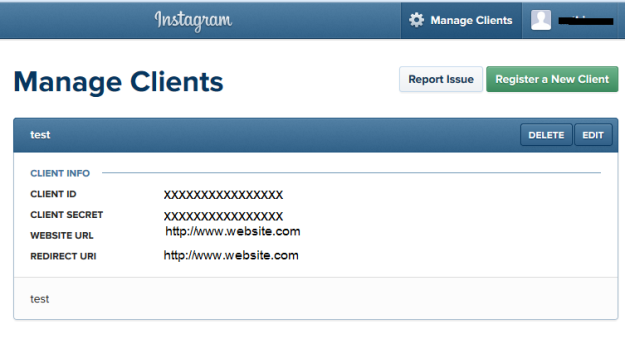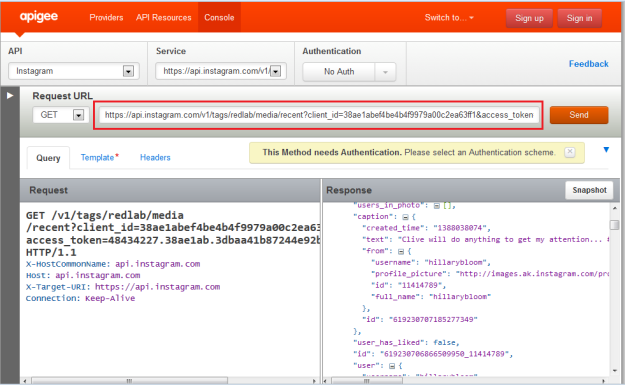<!DOCTYPE html>
<html>
<head>
<title>How to get to our headquarters</title>
<style type="text/css">
html {
height: 100%;
}
body {
font: 12px Helvetica, Arial ,sans-serif;
height: 100%;
margin: 0;
padding: 0;
}
#map, #route {
width: 100%;
height: 50%;
}
#route {
overflow-y:auto;
}
#method {
position: absolute;
left: 75px;
top:15px;
padding:10px;
opacity: .9;
-moz-opacity: .9;
z-index: 10;
background-color:#fff;
border-radius:3px;
-moz-border-radius:3px;
-webkit-border-radius:3px;
}
</style>
<script>
var map; //the google map
var directionsService; //service that provides directions to get to our destination
var directionsDisplay; //rendeder that draws directions on map
var destinationName = "Ventorro del Cano, Madrid"; //our destination. Set yours!
function initiate_geolocation(skipHTML5){
if (!skipHTML5 && navigator.geolocation) {
// HTML5 GeoLocation
function getLocation(position) {
document.getElementById("method").innerHTML = "Location obtained using HTML5";
showMapAndRoute({
"lat": position.coords.latitude,
"lng": position.coords.longitude
});
}
navigator.geolocation.getCurrentPosition(getLocation, error);
} else {
// Google AJAX API fallback GeoLocation
if (typeof google == 'object') {
var geocoder = new google.maps.Geocoder();
if (google.loader.ClientLocation) {
document.getElementById("method").innerHTML = "Location obtained using Google Geocoder";
showMapAndRoute({
"lat": google.loader.ClientLocation.latitude,
"lng": google.loader.ClientLocation.longitude
});
} else
{
alert("Google Geocoder was unable to get the client position");
}
}
}
}
function showMapAndRoute(l)
{
var latlng = new google.maps.LatLng(l.lat,l.lng);
var myOptions = {
zoom: 8,
mapTypeId: google.maps.MapTypeId.ROADMAP
};
map = new google.maps.Map(document.getElementById("map"), myOptions);
directionsDisplay = new google.maps.DirectionsRenderer();
directionsDisplay.setMap(map);
directionsDisplay.setPanel(document.getElementById("route"));
var request = {
origin: l.lat + ',' + l.lng ,
destination: destinationName,
travelMode: google.maps.DirectionsTravelMode.DRIVING
};
directionsService = new google.maps.DirectionsService();
directionsService.route(request, function(result, status) {
if (status == google.maps.DirectionsStatus.OK) {
directionsDisplay.setDirections(result);
}
});
}
function error(e)
{
switch(e.code)
{
case e.TIMEOUT:
alert ('Timeout');
break;
case e.POSITION_UNAVAILABLE:
alert ('Position unavailable');
break;
case e.PERMISSION_DENIED:
alert ('Permission denied');
break;
case e.UNKNOWN_ERROR:
alert ('Unknown error');
break;
}
//try to get location using Google Geocoder
initiate_geolocation(true);
}
</script>
</head>
<body onload="initiate_geolocation()">
<div id="method"></div>
<div id="map"></div>
<div id="route"></div>
</body>
</html>









